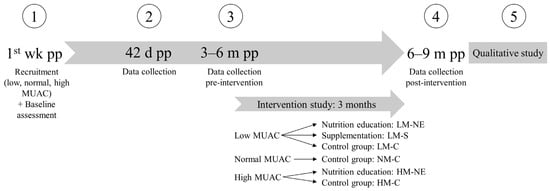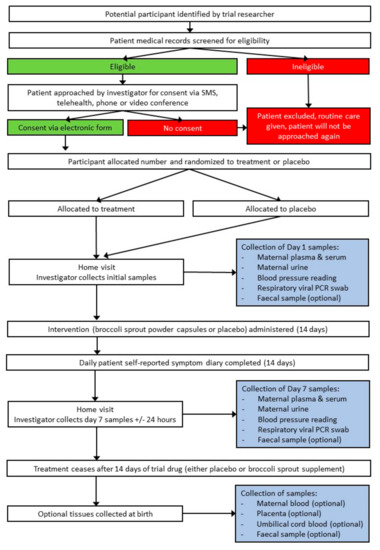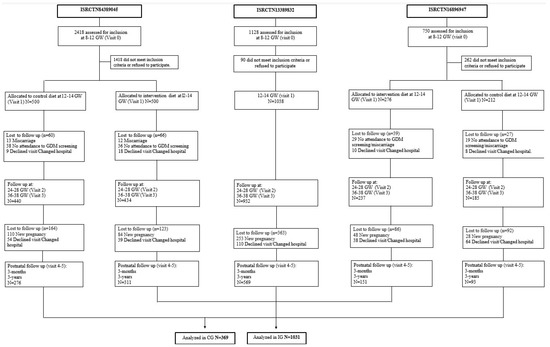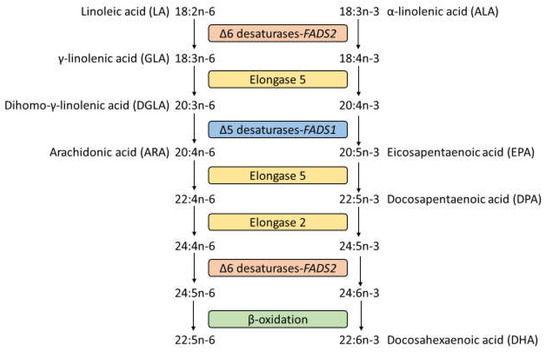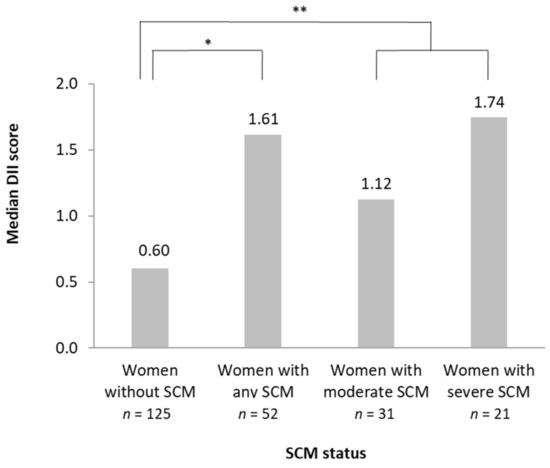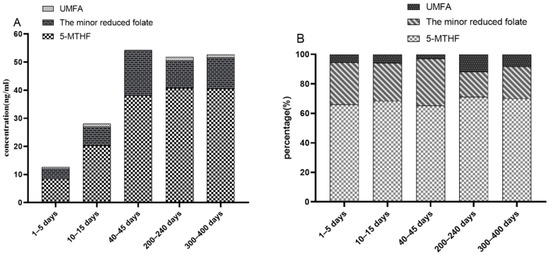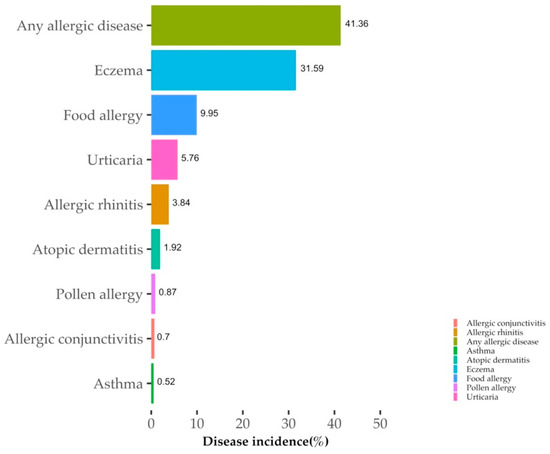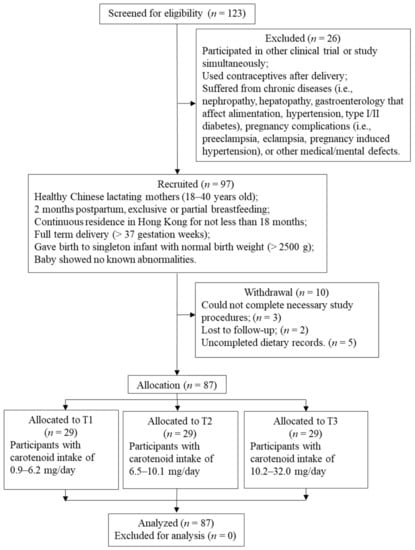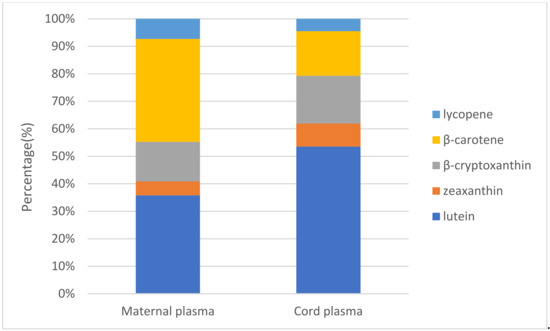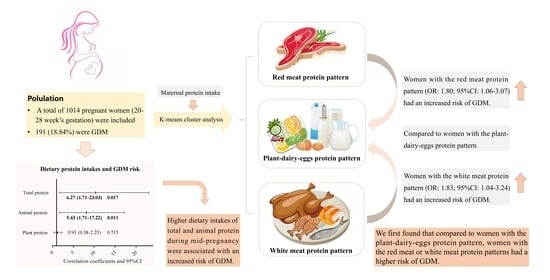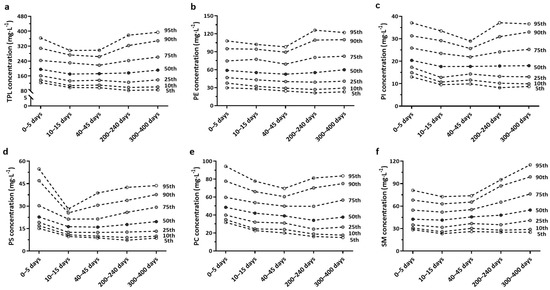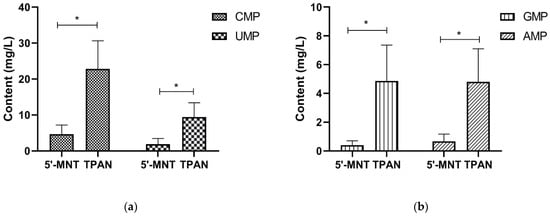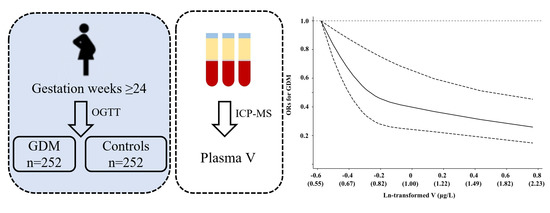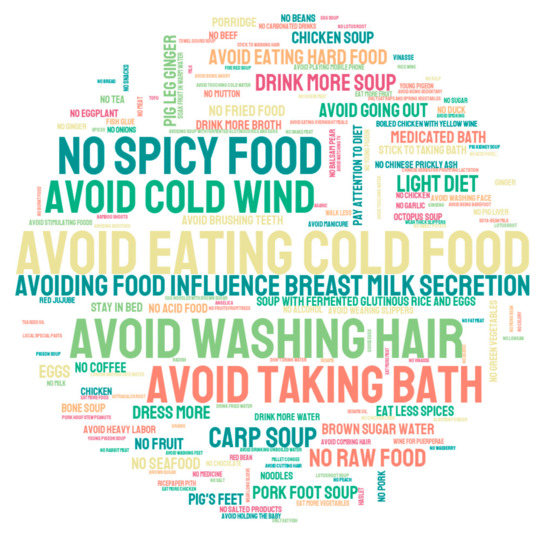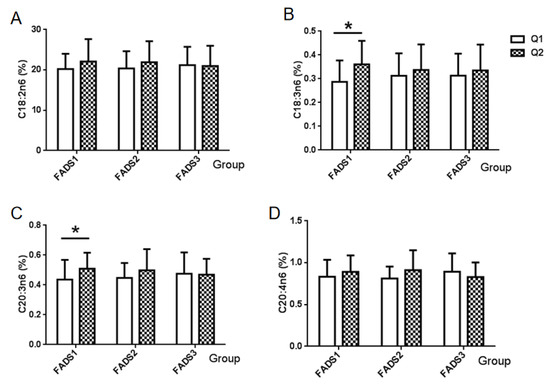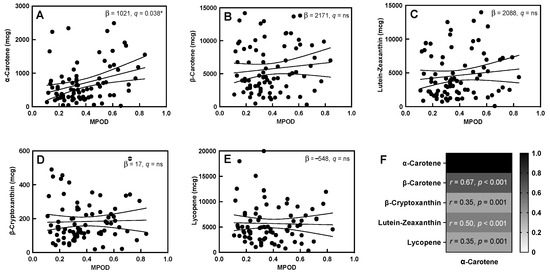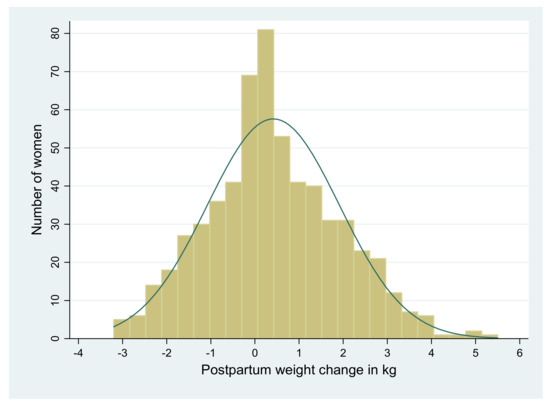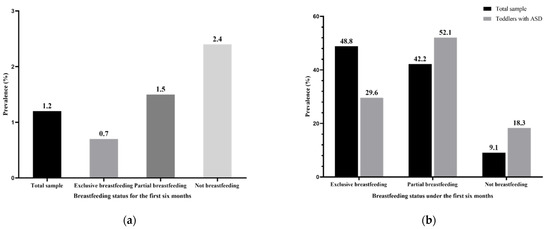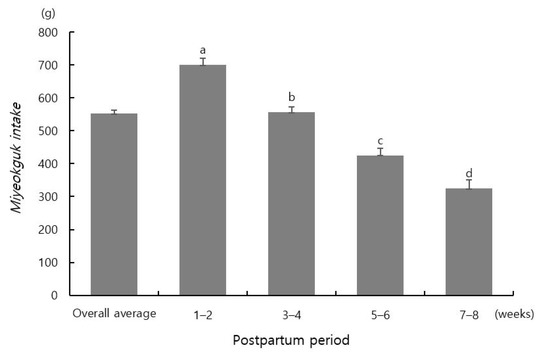Nutrition during Pregnancy and Lactation: Implications for Maternal and Infant Health
A topical collection in Nutrients (ISSN 2072-6643). This collection belongs to the section "Nutrition in Women".
Submission Status: Closed | Viewed by 100160Editor
Interests: one-carbon nutrients; dietary pattern; life-cycle nutrition; Nutritional practice in achieving good health of early-life; nutrition and cognitive function
Topical Collection Information
Dear Colleagues,
Protecting and improving the health of children and mothers is of fundamental importance. Although we have seen dramatic progress in improving the health and reducing the mortality rate of mothers and young children over the past several decades. A great deal of work remains to further improve the health outcomes in these populations.
WHO and UNICEF recommend that children initiate breastfeeding within the first hour of birth and be exclusively breastfed for the first 6 months of life. Breastfeeding is clearly relevant not only to maternal and child health but also non-communicable diseases such as breast cancer and diabetes as well as overweight and obesity. It also contributes to equity by giving all children a nutritional head start for success life. Protection, promotion and support of breastfeeding is essential in achievements of relevant parts of the newly launched Sustainable Development Goals by 2030 (by UN), including good health and wellbeing, nutrition, no poverty, quality education, inclusive economic growth and etc.
It is critical to expand efforts ending preventable death and disability of women by access to respectful and high-quality maternity care, and ensuring every child survives and thrives to reach their full potential. Children must be given a stable environment in which to thrive, including good health and nutrition, protection from threats and access to opportunities to learn and grow. Investing in children is one of the most important things a society can do to build a better future.
Prof. Dr. Hui-lian Zhu
Guest Editor
Manuscript Submission Information
Manuscripts should be submitted online at www.mdpi.com by registering and logging in to this website. Once you are registered, click here to go to the submission form. Manuscripts can be submitted until the deadline. All submissions that pass pre-check are peer-reviewed. Accepted papers will be published continuously in the journal (as soon as accepted) and will be listed together on the collection website. Research articles, review articles as well as short communications are invited. For planned papers, a title and short abstract (about 250 words) can be sent to the Editorial Office for assessment.
Submitted manuscripts should not have been published previously, nor be under consideration for publication elsewhere (except conference proceedings papers). All manuscripts are thoroughly refereed through a single-blind peer-review process. A guide for authors and other relevant information for submission of manuscripts is available on the Instructions for Authors page. Nutrients is an international peer-reviewed open access semimonthly journal published by MDPI.
Please visit the Instructions for Authors page before submitting a manuscript. The Article Processing Charge (APC) for publication in this open access journal is 2900 CHF (Swiss Francs). Submitted papers should be well formatted and use good English. Authors may use MDPI's English editing service prior to publication or during author revisions.
Keywords
- human milk
- maternal blood
- cord blood
- infant
- lactation
- Pregnancy
- Nutrition
- dietary
- Intervention







